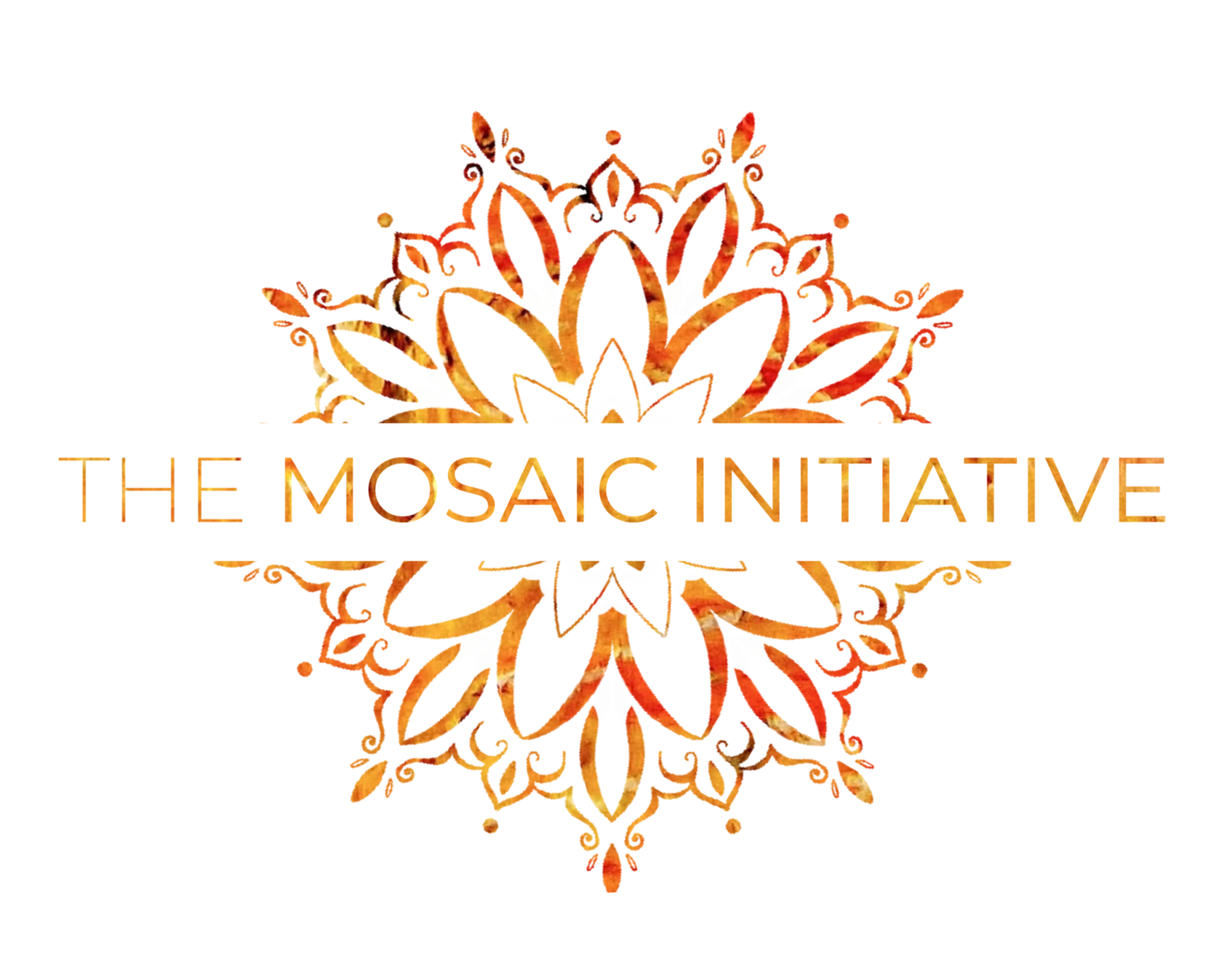Sex Trafficking vs Human Trafficking- What's the difference?
You may have seen the buzz term “sex trafficking” pop up on your news feed, featured as a cause to rally against at a convention, or even find it’s way into a recent conversation. But what exactly is sex trafficking? What does it look like, and why, if it is such a hot topic, does it continue to happen? Sex trafficking is possibly so difficult to get a handle on because it can vary in what it looks like case by case and across different cultures. While awareness may be at an all-time high, so is an overwhelming amount of information- and with it, misinformation. The next several blog articles will aim to give a comprehensive view and dissection of sex trafficking and its components. We will break it down into a series to give you the chance to process and engage with the information. We will also give some practical action steps that you can take to join the fight against modern-day slavery as you move from sympathy into compassion.
Sex trafficking is a complex issue that is a symptom of several causes, some that put the cycle into motion and some that allow that cycle to continue. It’s important to start by defining a few terms. The first two terms tend to get thrown around interchangeably; however, they do differ and it is valuable to understand the distinctions.
HUMAN TRAFFICKING-
“the recruitment, transportation, transfer, harbouring or receipt of persons, by means of the threat or use of force or other forms of coercion, of abduction, of fraud, of deception, of the abuse of power or of a position of vulnerability or of the giving or receiving of payments or benefits to achieve the consent of a person having control over another person, for the purpose of exploitation. Exploitation shall include, at a minimum, the exploitation of the prostitution of others or other forms of sexual exploitation, forced labour or services, slavery or practices similar to slavery, servitude or the removal of organs”
-Trafficking of persons defined by the United Nations in Article 3, paragraph (a) Article 3, paragraph (a) of the Protocol to Prevent, Suppress and Punish Trafficking in Persons .
As stated above, human trafficking takes shape in varying forms, and while sex trafficking is a form of human trafficking, human trafficking is a broader term that also includes exploitation outside of the purpose of sex, eg., child labor. As shown in the report The Typology of Modern Slavery, Polaris Project created a classification system identifying 25 types of human trafficking in the United States:
Escort Services, Illicit Massage, Health, & Beauty, Outdoor Solicitation, Residential Domestic Work, Bars, Strip Clubs, & Cantinas, Pornography, Traveling Sales Crews, Restaurants & Food Service, Peddling & Begging, Agriculture & Animal Husbandry, Personal Sexual Servitude, Health & Beauty Services, Construction Hotels & Hospitality, Landscaping, Illicit Activities, Arts & Entertainment, Commercial Cleaning Services, Factories & Manufacturing, Remote Interactive Sexual Acts, Carnivals Forestry & Logging, Health Care, Recreational Facilities
2. SEX TRAFFICKING-
Sex trafficking is the exploitation of a person for purposes of a sexual nature. Sex trafficking can look different depending on location and context, but in every context, the outcome is the same- exploitation of the vulnerable by persons in power for sexual purposes. This is modern-day slavery.
Sources
https://polarisproject.org/typology-report
http://www.stopthetraffik.org/about-human-trafficking/types-of-exploitation
Subscribe to our blog by email!

